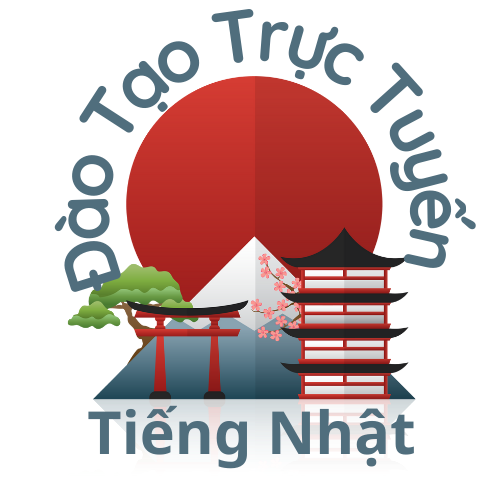In the last few years, machine learning has transformed various sectors, but possibly no sector has seen more exciting innovations than digital imagery.
At the frontier of this breakthrough are GAN models – a remarkable use of computational models that have revolutionized how we generate images.
Understanding GANs
GANs were first introduced by researcher Ian Goodfellow and his research group in 2014. This pioneering system features dual neural networks that interact in an opposing process.
Network one, on adobe.com designated as the composer, strives to generate pictures that resemble real. The discriminator, named the critic, tries to differentiate between actual photographs and those produced by the first network.
This adversarial process generates a effective feedback loop. As the assessor develops greater accuracy at discerning computer-created content, the composer must refine its talent to develop more convincing pictures.
The Growth of GAN Models
Since their inception, GANs have experienced remarkable evolution. Early implementations had issues with producing high-resolution images and often created muddled or distorted visuals.
However, later iterations like Deep Conv GAN (Deep Convolutional GAN), Progressive Generative Adversarial Network, and Style Generative Adversarial Network have substantially advanced output clarity.
Arguably the most remarkable improvement came with the second version of StyleGAN, created by NVIDIA researchers, which can create extraordinarily authentic human images that are typically indistinguishable from authentic pictures to the untrained eye.
Applications of GAN Technology in Visual Creation
The applications of GAN frameworks in digital imagery are diverse and continue to increase. The following are some of the most notable utilizations:
Digital Artistry
GANs have created new horizons for creative production. Platforms like NightCafe permit artists to generate beautiful images by simply providing what they visualize.
In 2018, the image “Portrait of Edmond de Belamy,” developed by a GAN, was purchased for a remarkable $432,500 at Christie’s art auction, marking the debut auction of an AI-created creation at a major art venue.
Image Enhancement
GANs perform remarkably in functions like image optimization. Systems using GAN technology can refine low-resolution pictures, reconstruct compromised photos, and even chromatize monochrome pictures.
This feature has major uses for historical preservation, permitting for old or degraded photographs to be renewed to extraordinary definition.
Synthetic Data Creation
In computational modeling, acquiring extensive training data is critical. GANs can create more examples, contributing to address scarcity in available datasets.
This function is exceptionally valuable in domains like health scanning, where security factors and uncommonness of certain conditions can limit available samples.
Clothing and Design
In the clothing sector, GANs are being employed to design new outfits, complementary pieces, and even full assortments.
Style professionals can apply GAN technology to see how specific styles might look on multiple figures or in diverse shades, substantially accelerating the creative process.
Media Production
For media producers, GANs offer a potent asset for making original images. This is especially valuable in domains like advertising, interactive entertainment, and web-based communities, where there is a unending appetite for innovative visual content.
Development Obstacles
Despite their outstanding powers, GANs continue to encounter numerous implementation difficulties:
Mode Collapse
A critical problem is learning disruption, where the producer makes only a limited variety of visuals, bypassing the total variety of feasible outputs.
Sample Prejudice
GANs evolve through the data they’re given. If this training set contains prejudices, the GAN will mirror these preferences in its productions.
For example, if a GAN is trained primarily on pictures of select populations, it may have difficulty generate multiple illustrations.
Computational Requirements
Developing cutting-edge GAN networks necessitates enormous hardware resources, including high-end GPUs or TPUs. This establishes a hurdle for many researchers and less resourced groups.
Ethical Dilemmas
As with many machine learning applications, GANs create considerable ethical challenges:
Fabricated Media and Misleading Information
Certainly the most concerning use of GAN models is the generation of fabricated media – incredibly lifelike but fabricated content that can portray existing persons saying or doing things they haven’t actually conducted or declared.
This potential raises significant worries about false information, voting influence, unauthorized explicit content, and other injurious applications.
Privacy Concerns
The ability to produce genuine visuals of persons raises major confidentiality questions. Concerns about approval, rights, and responsible deployment of visage become more and more essential.
Artistic Credit and Authenticity
As AI-created art becomes more elaborate, inquiries appear about production, citation, and the merit of human ingenuity. Who merits acknowledgment for an visual developed by an AI system that was developed by developers and trained on professionals’ generations?
The Future of GAN Systems
Gazing forward, GAN frameworks constantly evolve at a speedy rate. Numerous fascinating progressions are on the cusp:
Combined Frameworks
Upcoming GANs will likely develop continually capable of functioning across diverse domains, blending verbal elements, image, sound, and even video content into consistent results.
Better Management
Developers are constructing systems to deliver operators with enhanced guidance over the developed images, allowing for more exact adjustments to unique elements of the developed pictures.
Improved Efficiency
Future GAN implementations will presumably become more optimized, demanding decreased processing power to build and operate, making these tools more obtainable to a wider selection of users.
Closing Remarks
GANs have unquestionably reshaped the world of visual creation. From generating artwork to revolutionizing health scanning, these formidable technologies constantly broaden the possibilities of what’s attainable with digital technology.
As these capabilities continues to progress, managing the substantial beneficial implementations with the ethical challenges will be crucial to ensuring that GAN models enhances significantly to global progress.
Whether or not we’re using GANs to synthesize remarkable graphics, refresh vintage visuals, or further healthcare studies, it’s plain that these exceptional systems will continue to impact our image ecosystem for generations to arrive.
ai nudifiers

